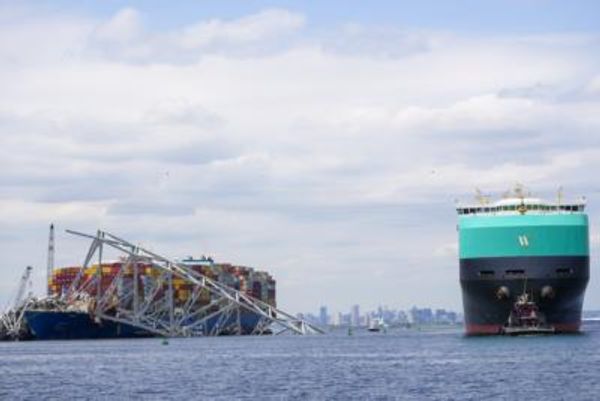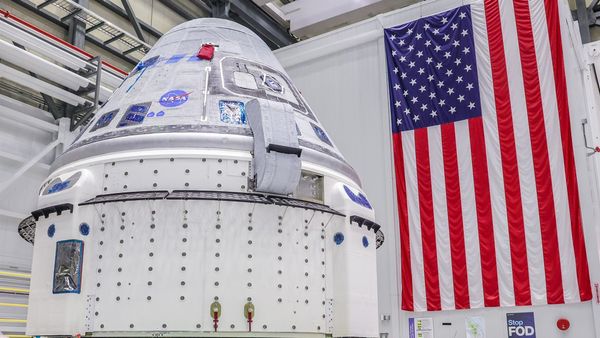
On September 27, President Droupadi Murmu will inaugurate the cutting-edge ICMF, which has been constructed over a 4,500 square metre space and houses over 70 high-tech tools and testing facilities for the production of cryogenic (CE20) and semi-cryogenic (SE2000) engines for Indian rockets.
The commissioning of all essential machinery for the manufacturing and assembly requirements has been completed, according to Bengaluru-based HAL, which also announced the start of pre-production activities, including the creation of process and quality plans and drawings. In a statement, HAL promised that it would begin producing the modules by March 2023.
"The facility (ICMF) will cater to the entire Rocket Engine Manufacturing under one roof for ISRO. The facility will boost self-reliance in manufacturing of High-thrust Rocket engines," the HAL statement said.
Also Read: NASA's Moon mission: All you need to know
An MOU was signed with ISRO in 2013 for the establishment of a facility to produce cryogenic engine modules at HAL's Aerospace Division. It was later updated in 2016 to allow for the establishment of the ICMF with an investment of ₹208 crore.
The Polar Satellite Launch Vehicle (PSLV), Geosynchronous Satellite Launch Vehicle (GSLV MK-II), Geosynchronous Satellite Launch Vehicle (GSLV Mk-III), and stage integration for GSLV Mk-II are all manufactured by HAL Aerospace Division.
Also Read: This is how Mars looks: NASA James Webb Space Telescope images are here
Cryogenic engines are the most often employed engines in launch vehicles worldwide. Only a few nations — France, China, Japan, Russia and the USA — have mastered cryogenic technology to date because of the cryogenic engine's complexity.
India became the sixth nation to develop cryogenic engines in 2014, when the GSLV-D5 was successfully flown using a cryogenic engine. The HAL-L&T collaboration recently won a ₹860 crore contract from NewsSpace India Limited (NSIL), the commercial arm of the Department of Space, for the end-to-end realisation of five PSLVs over a four-year period.
(With PTI inputs)







